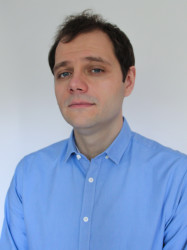BibTex format
@article{Sadowski:2016:10.1002/eqe.2785,
author = {Sadowski, AJ and Camara, A and Malaga, Chuquitaype C and Dai, K},
doi = {10.1002/eqe.2785},
journal = {Earthquake Engineering & Structural Dynamics},
pages = {201--219},
title = {Seismic analysis of a tall metal wind turbine support tower with realistic geometric imperfections},
url = {http://dx.doi.org/10.1002/eqe.2785},
volume = {46},
year = {2016}
}

